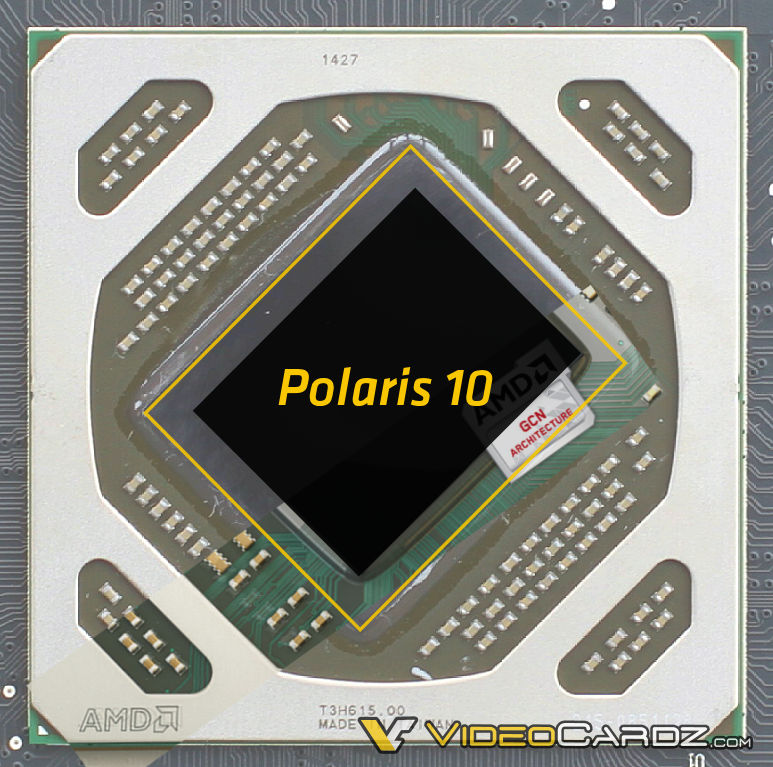That depends on which implementation of Tonga. The initial 285 was particularly poor, but by the 380X perf/watt had noticeably improved (though still only to 270X levels).hmm Tonga doesn't have as good as perf/watt as Hawaii. IF it was then it will be just lower lol.
https://www.techpowerup.com/reviews/ASUS/R9_380X_Strix/24.html
http://www.hardwareluxx.de/index.ph...0x-von-asus-und-sapphire-im-test.html?start=6

